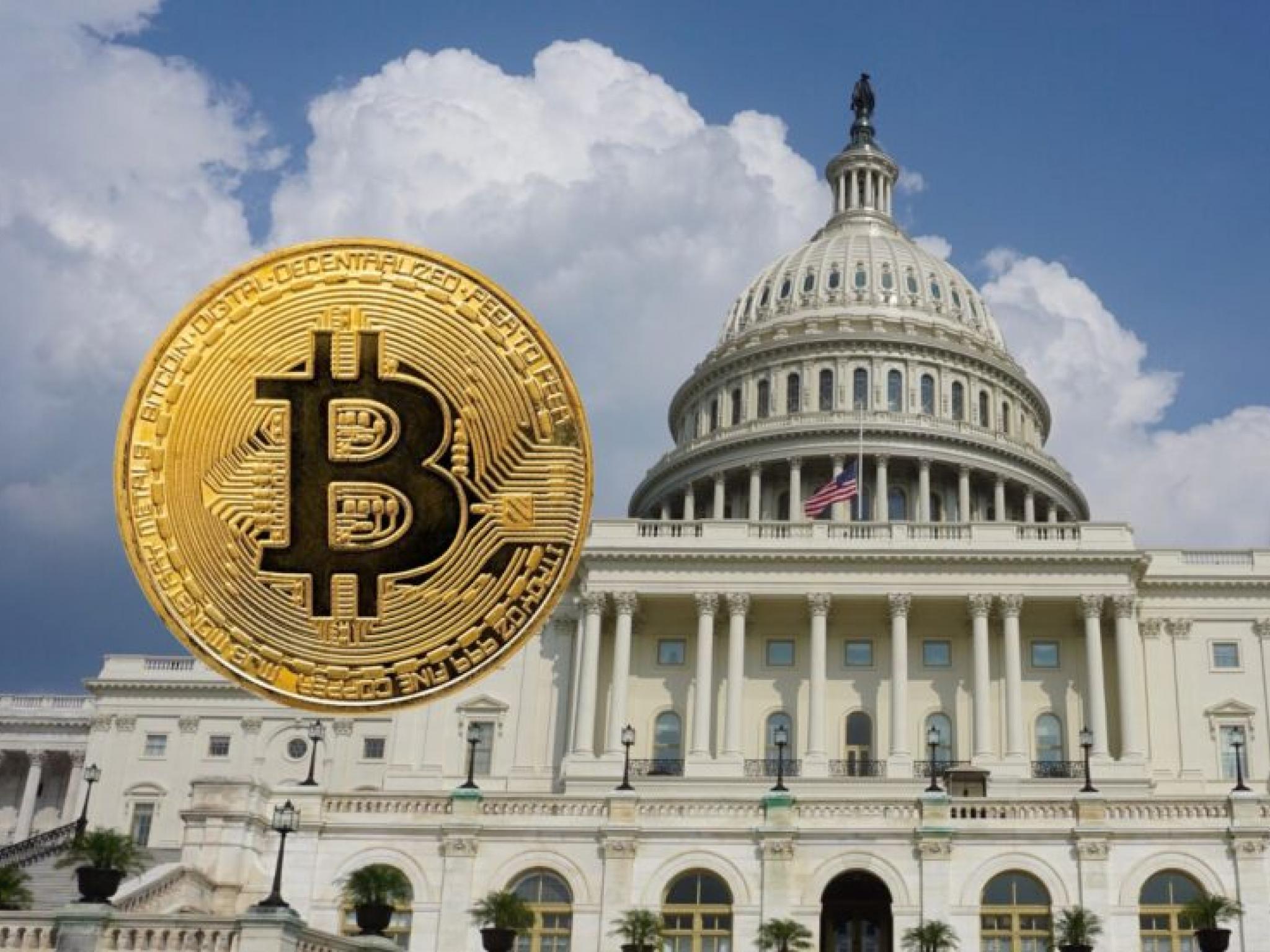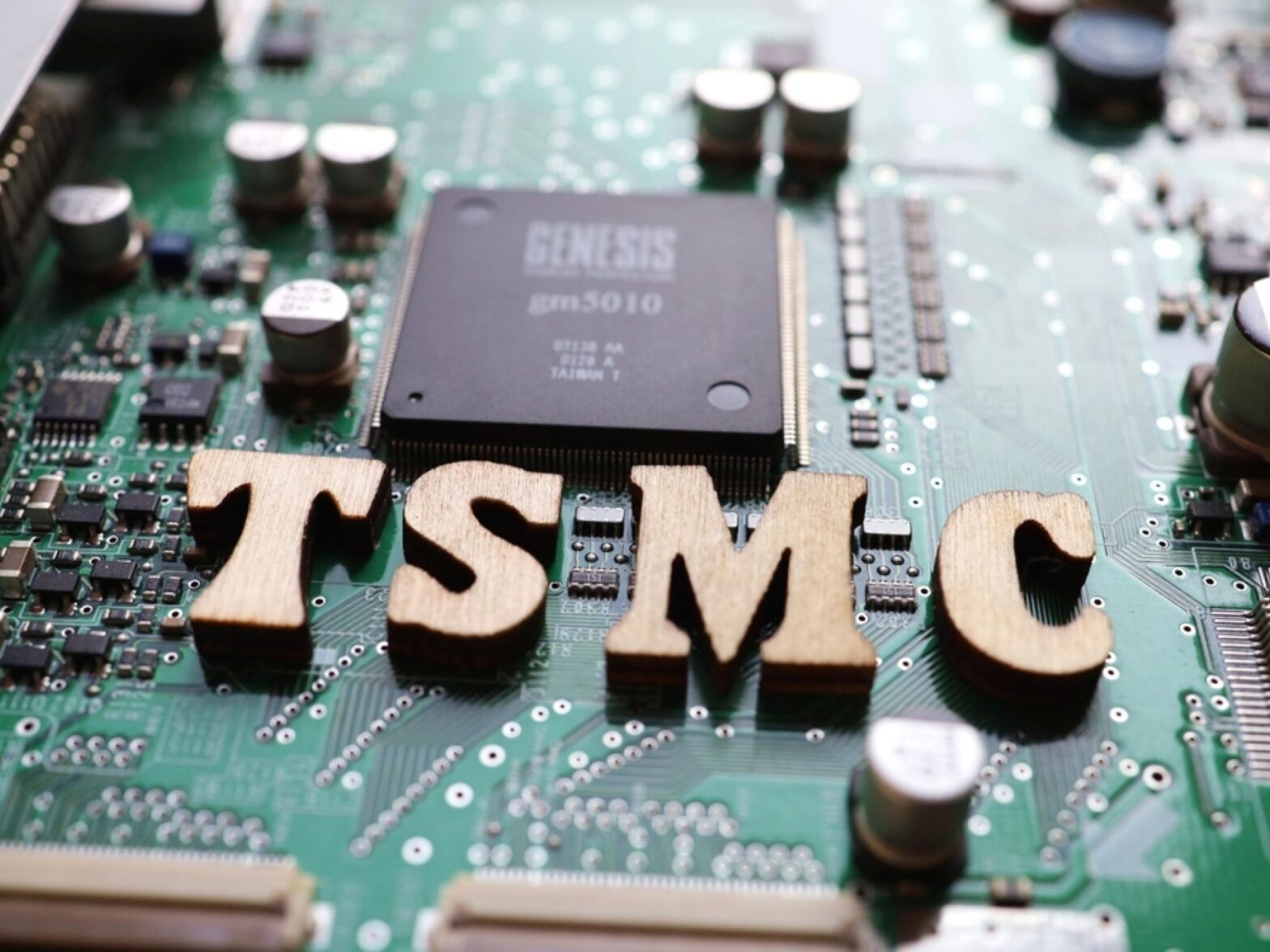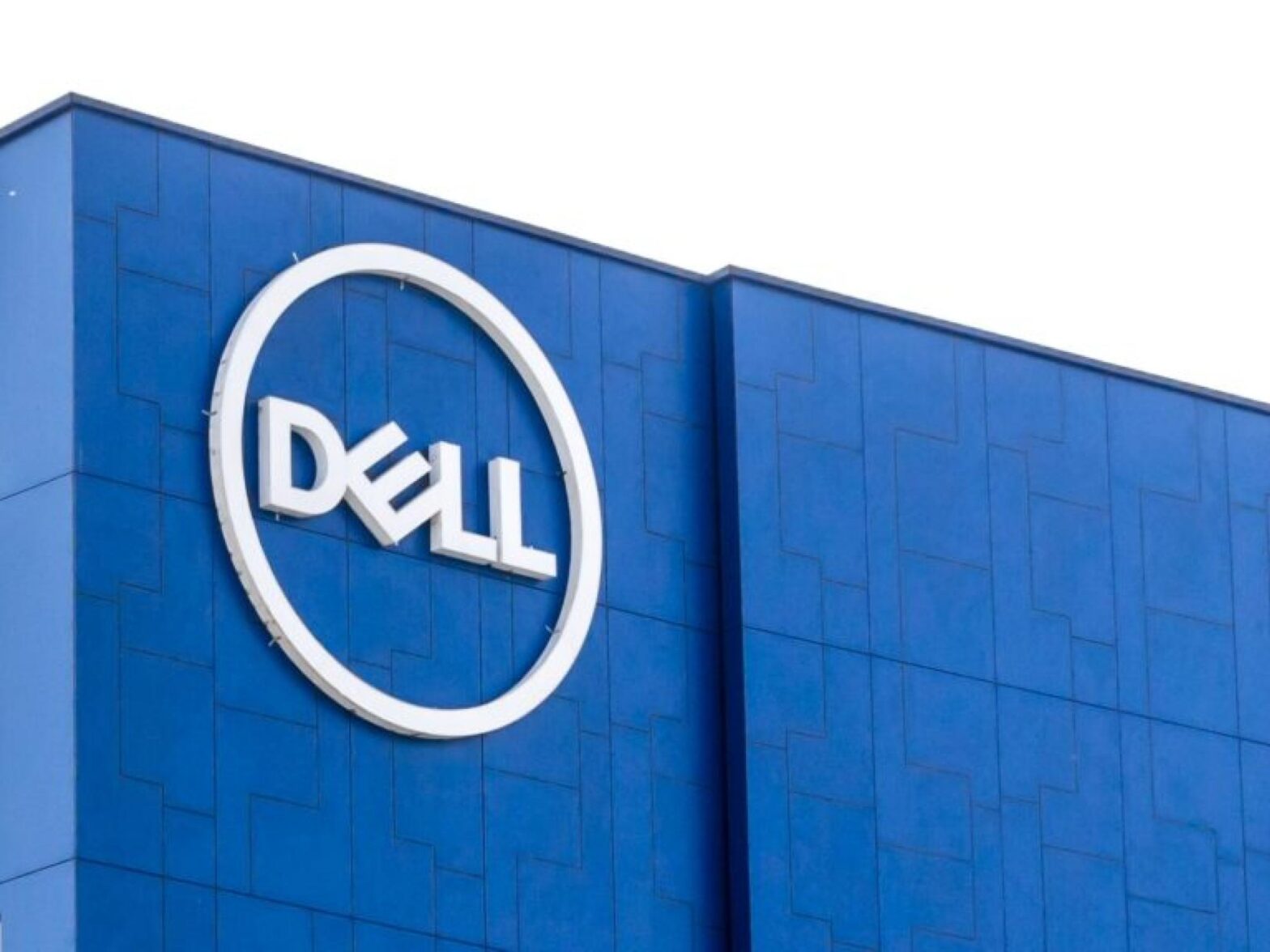The House of Representatives’ recent passage of the Financial Innovation and Technology for the 21st Century Act (FIT21), colloquially dubbed the “crypto bill,” has experts cautiously optimistic about the bill’s potential to bring much-needed regulatory clarity. Still, questions remain about its practical implementation and long-term impact.
Benzinga talked to experts to shine a light on the impact FIT21 could have.
A Step Towards Regulatory Clarity
The passage of FIT21 is seen as a crucial step towards establishing a clear regulatory framework for digital assets in the U.S.
According to experts, the timeline of grappling with meaningful legislation has been pushed forward substantially.
Daniel C. McCabe, CEO of Flexa believes that while the bill isn’t perfect, it sets the stage for further refinement and clarity. “This draft isn’t perfect, and it’s not as clear as it could be, but it certainly paves the way for movement on crafting additional clarity,” he added.
Brian Dixon, CEO of Off The Chain Capital, echoed this sentiment, emphasizing the bill’s role in creating a structured regulatory environment.
“This will dramatically improve the ability for digital asset innovators to build and operate their businesses in the United States – thanks to clear regulatory guardrails,” Dixon stated.
He noted that FIT21 would reduce the fear of regulatory actions against innovators, fostering a more stable environment for digital asset projects.
Can FIT21 Prevent New Crypto Collapses?
One of the critical aspects of FIT21 is its potential to prevent incidents similar to the FTX collapse.
Experts acknowledge that while bad actors will always exist, regulatory clarity can act as a deterrent.
What regulatory clarity in the crypto sector could offer is additional deterrence to those would-be bad actors, thereby decreasing the odds of another FTX-like event.
Dixon highlighted that FIT21 would provide a clear market structure for regulators to oversee.
“This bill will go a long way in lowering the chances of ever experiencing another FTX collapse,” he said, underscoring the importance of a well-defined regulatory framework.
Jonathan Thomas, CEO and co-founder of Blueberry Protocol, highlighted the bill’s role in legitimizing crypto in the eyes of lawmakers. “Crypto has won its fight to become adopted for clear, transparent rules.
There is going to be a greater push for more bills to be passed, especially as politicians try to gain favor with crypto voters during the 2024 election cycle,” Thomas said.
He emphasized the need for clear, transparent regulations to protect investors.
“Regulators are looking to protect investors from experiencing another FTX disaster but it’s important for these lawmakers to work with industry leaders on regulation that is clear, transparent and protects people’s assets,” he noted.

Also Read: EXCLUSIVE: Ethereum ETFs Could Drive ‘Mass Adoption’ — What Investors Need To Know Now
How FIT21 Reconciles The SEC And CFTC
FIT21’s approach to leveraging the existing capabilities of the SEC and CFTC has been a topic of discussion among experts, amid the ongoing power struggle between the two agencies, which continues to the detriment of the digital asset industry and the United States.
However, experts are hopeful that FIT21 will help resolve these conflicts and provide a clearer path forward.
Dixon noted that the bill provides more structure around giving the CFTC a larger portion of the jurisdiction over the digital asset space.
“The SEC may also have some jurisdiction in some areas. That said, this bill seems to give more authority over the industry to the CFTC,” Dixon stated.
In practice, it may be a slow start with both of these agencies fighting over for control over a specific area.
Until they are able to work together harmoniously, then there will be a great amount of lift and create a good environment for clear pathways to move forward on an individual asset or classification basis.
FIT21 Can Foster Innovation And Competition
Experts are optimistic that FIT21 will foster innovation and enhance the competitive landscape for digital asset companies in the U.S.
McCabe believes that the bill will enhance innovation by providing strong guidance to founders.
“I strongly believe this bill will enhance innovation in the United States,” he said.
He argued that clear regulatory guardrails would lead to a surge in compliant and legal building activities, positioning the U.S. as a global leader in digital asset innovation.
Clear regulatory guidelines would attract institutional capital and spur job creation and innovation.
When the regulatory structure is implemented, there could be an influx of institutional capital flowing into crypto-related startups.
How Does FIT21 Compare To Other Policy Frameworks?
Experts see FIT21 as a crucial step for the U.S. to catch up to other major markets.
While FIT21 is not as expansive as the EU’s MiCA, it is a start.
Passing FIT21 may result in passing additional legislation that is far more encompassing and which could become a new blueprint for the rest of the world to follow.
Similar to other jurisdictions, FIT21 views large parts of the digital asset market as digital commodities, akin to regulatory frameworks in other regions.
There are similarities to this bill in terms of what is in place in other jurisdictions.
Thomas emphasized that FIT21 shows the U.S. is ready to compete globally.
“This is the US tossing its hat into the ring and saying it wants to be a global digital asset hub,” he said.
Is The U.S. Assuming Leadership In Digital Asset Regulation?
Experts believe that FIT21 positions the U.S. as a potential leader in digital asset regulation.
McCabe said, “I think the potential passing of this bill is the first real step towards the United States taking on a serious leadership role in this industry.”
Dixon, however, viewed the bill as a catch-up move. “Right now, the United States is a laggard, but this bill sets the foundations for turning the United States into a leader,” he said.
Looking Ahead: Benzinga’s Future of Digital Assets Event
As the crypto community anticipates further developments, Benzinga’s Future of Digital Assets event on Nov. 19 will provide a crucial platform for discussing the implications of FIT21 and other regulatory changes.
This event promises to offer valuable insights into the evolving landscape of digital assets and the future of innovation in this dynamic market.






